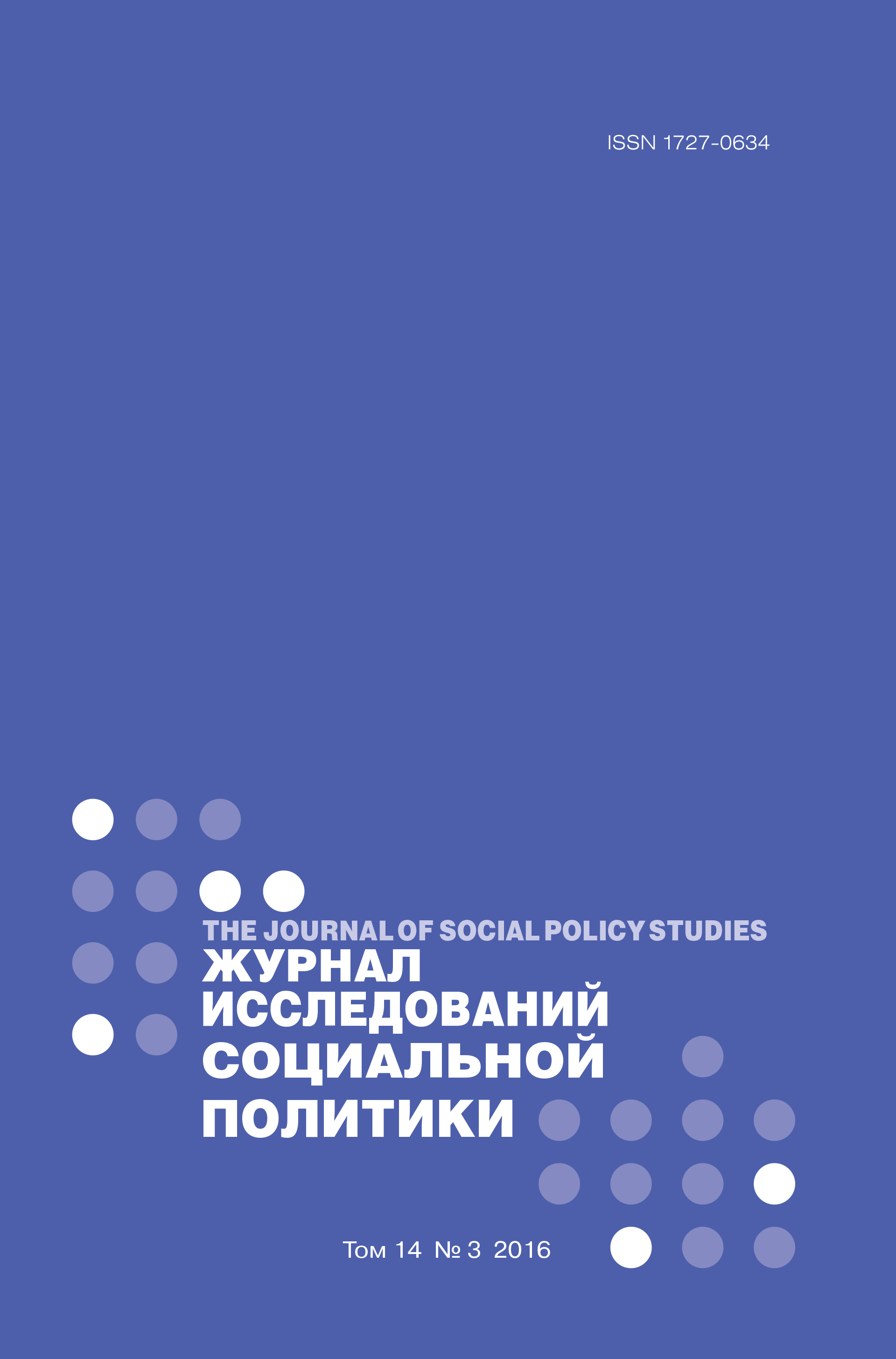The Right to Dance as the Right to the Body
Abstract
In this work, I combine theoretical and practical material to analyze the effects of a collective dance practice on trans*gender bodies. I argue that marginalized bodies are largely regulated and suppressed by the dominant normative discourses and are confined to the spaces of forced in/visibility that are harmful to trans*communities. Trans* bodies are forced visible, for instance, when legally and medically recognized: they have to withstand an uncomfortable scrutiny and surveillance by having to relegate the control of their personal body parts to the state. Mass media and the society imposes forced visibility on specific trans* bodies – transgender women’s bodies – by demonizing and/or sexualizing them. Other trans* bodies are forced into a space of invisibility, erased and silenced. I use the 'right to dance' concept to suggest that collective creative movement practices allow trans*bodies to acquire visibility and recognition on their own terms and get empowerment. The right to dance is both the entry into the spaces that are created for and by queers and the ability to transform one’s body by dancing the wounds, and when dancing and attaining the visibility on its own terms, transforming the world around. Thus, the 'right to dance' is a collective access to resources and to the re-making of the world capital of dance. The practical part of the research is based on the creative movement workshop for trans*gender people and their partners 'Telaboratoria' that I, as a dance teacher, facilitated in St. Petersburg, Russia in the spring 2016. I offer some details of the movement practice that addresses recognition and visibility issues, focuses on trust building and solidarity in a group as well as tuning and listening to our own body. I share my personal experience with dance, as a queer person, as a tool for liberation and visibility. I use personal notes and observations, as well as the responses from the two questionnaires that the participants of 'Telaboratoria' answered to.















